When, in 1947, Françoise Sullivan (b.1923) set out to create an improvised dance cycle based on the seasons, she knew she needed to innovate by documenting it in a new way. Traditional notation systems used for dance choreography were not appropriate for improvisation, and she wanted to leave a record of the ephemeral event that was to occur without an audience.
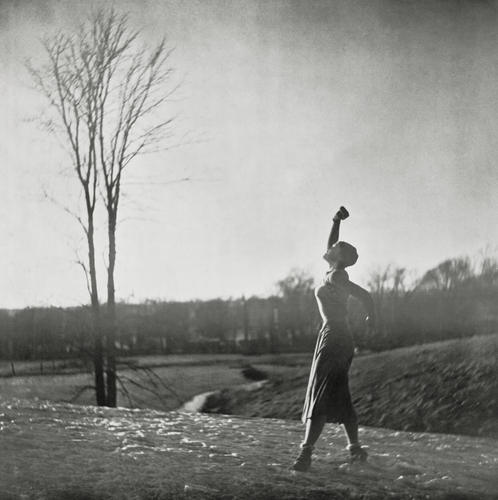
Image from the album Danse dans la neige, published by Françoise Sullivan in fifty copies,
S.l. Images Ouareau (1977)
Summer (L’été) was danced at Les Escoumins in the Côte-Nord region of Quebec in the summer of 1947. It was captured by Sullivan’s mother with a 16mm camera, a technology that had been around since the mid-1920s but had not yet made its way into the art world in a substantial way. Dance in the Snow was performed in February 1948 outside the town of Otterburn Park, southeast of Montreal. Sullivan had arranged with Jean-Paul Riopelle (1923–2002) to film the event, using the Sullivan family camera. It was only by chance that Maurice Perron (1924–1999) happened to be there. Perron had studied at the École du meuble with Riopelle and was part of the Automatiste group, whose members he photographed frequently as they enjoyed social events or worked in their studios. Standing shoulder to shoulder with Riopelle, he took stills of the dance. Unfortunately, the film reels shot by Sullivan’s mother and by Riopelle have been lost. Perron’s beautiful photographs remain the only record.

From the album Danse dans la neige, published by Françoise Sullivan in fifty copies, S.l. Images Ouareau (1977)
Nearly thirty years later, Sullivan chose seventeen images shot by Perron in 1948 to represent Dance in the Snow in a 1978 solo exhibition at the Musée d’art contemporain de Montréal and for a limited-edition loose-leaf portfolio published for the occasion. Aware of how documentation can influence reception and the historical understanding of art, she selected the pictures for how they synthesized the energy and flow of the dance, arranging them to reflect the sequence of movements as they had occurred. Perron exhibited the photographs several times, changing their order and adding more original stills to the series. The images play a double role: as a record of Sullivan’s performance and as artworks in their own right.
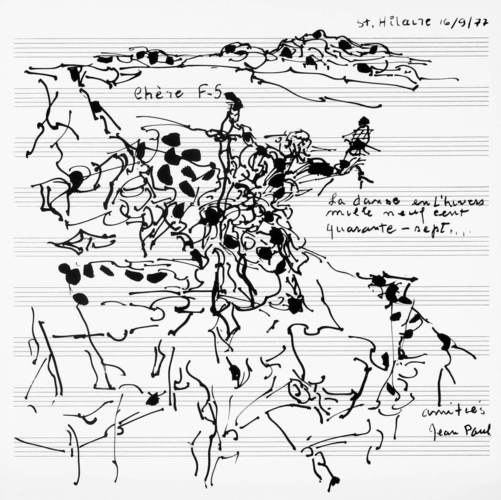
Françoise Sullivan, 1948
Print, 1977, silkscreen, black and grey ink on white velum paper, 38.8 x 38.8 cm, Montreal Museum of Fine Arts
The documentation of Sullivan’s performances often constituted the only experience the public could have of a piece. A clear case in point is The Seasons of Sullivan, 2007, a film with four parts accompanied by a limited-edition photographic portfolio. The project, initiated by Louise Déry, director of the Galerie de l’UQAM, was meant to complete and give a second life to Sullivan’s ambitious 1947–48 dance cycle. Working from memory and from Perron’s photographs, the artist choreographed all four dances and hired dancers to perform them. These were in turn photographed by Marion Landry (b.1974) and documented in four short films, co-directed by painter and videographer Mario Côté (b.1954) and Sullivan, that are also artworks in their own rights.

details of spring, summer, and autumn, 1947–2007
Four choreographies and four drawings by Françoise Sullivan, sixty-seven digital black and white prints by Marion Landry, each: 30.5 x 30.5 cm. Interpretations by Andrée-Maude Côté (spring), Annik Hamel (summer), Louise Bédard (autumn), and Ginette Boutin (winter).
Now able to be appreciated through its filmed re-enactment, Dance in the Snow was given a new lease on life when Luis Jacob (b.1970) appropriated it in 2007 as the inspiration for a multi-channel video installation. A Dance for Those of Us Whose Hearts Have Turned to Ice pays homage to the seminal 1948 performance in a way that also allows it to speak to gender, cultural diversity, and other artistic concerns that are crucial to many artists of Jacob’s generation. Each recreation of the work takes on new meaning even as it retains some of the spontaneous first version.
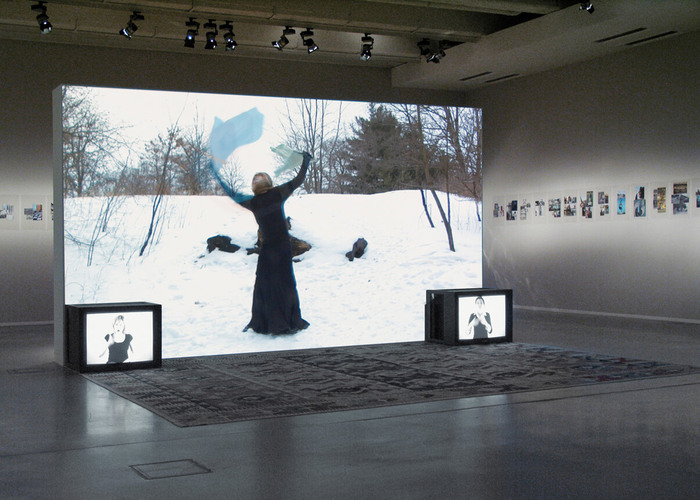
Three-channel video installation, 426 x 365 x 240 cm. Installation view at Documenta 12, Museum Fridericianum, Kassel, Germany.
This essay is excerpted from Françoise Sullivan: Life & Work by Annie Gérin.
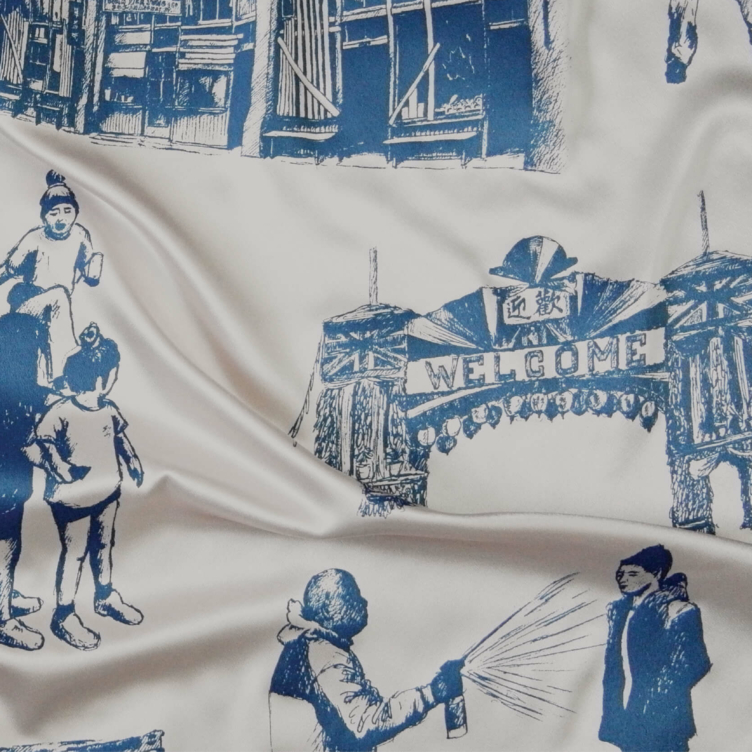 Karen Tam’s Autumn Tigers
Bridging Past and Present: Invisible Made Visible
By Imogene L. Lim, PhD
Karen Tam’s Autumn Tigers
Bridging Past and Present: Invisible Made Visible
By Imogene L. Lim, PhD
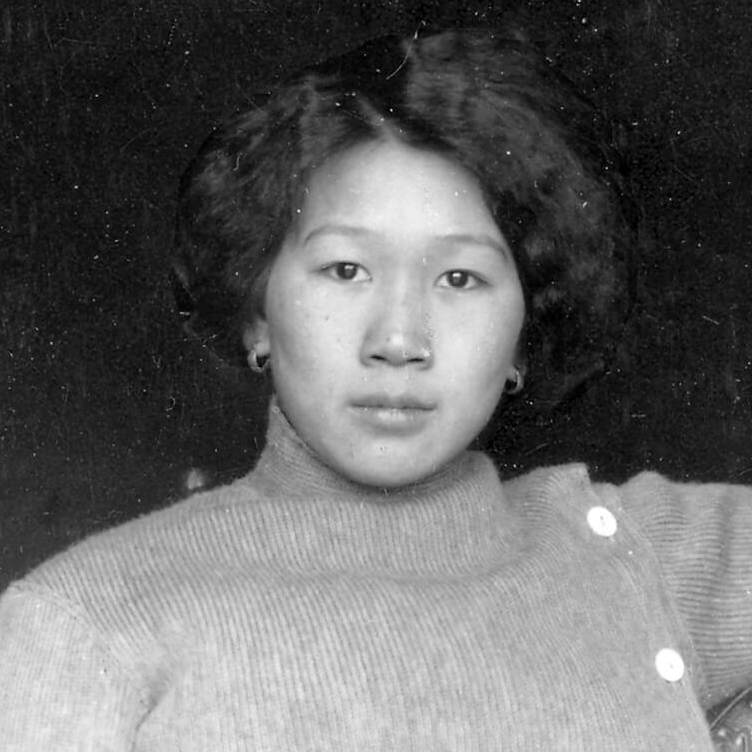 The Frontier Portraits of C.D. Hoy
A Chinese Canadian Photographer’s Tribute to His Community
By Faith Moosang
The Frontier Portraits of C.D. Hoy
A Chinese Canadian Photographer’s Tribute to His Community
By Faith Moosang
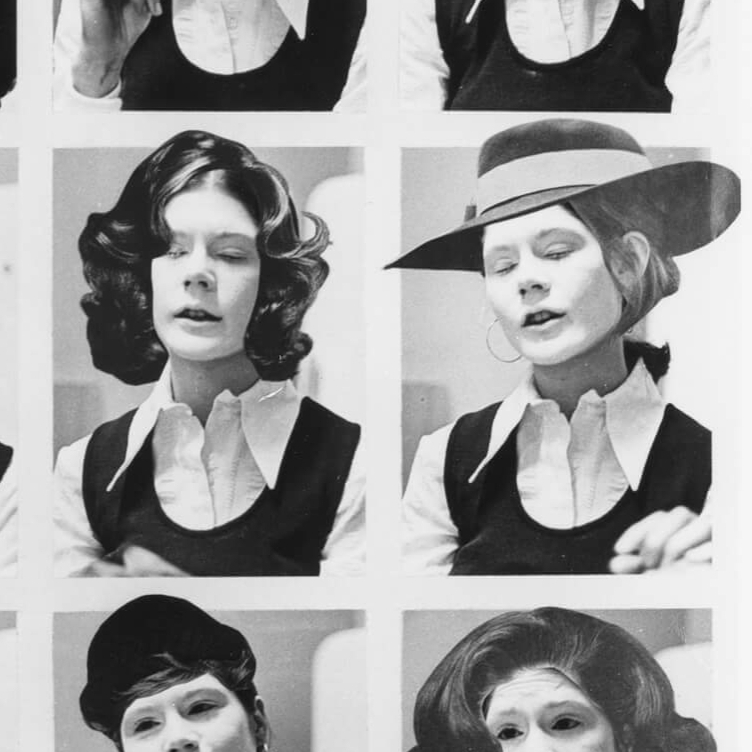 Interrogating Identity
Suzy Lake explores the role of photography in shaping how we understand and see ourselves
By Erin Silver
Interrogating Identity
Suzy Lake explores the role of photography in shaping how we understand and see ourselves
By Erin Silver
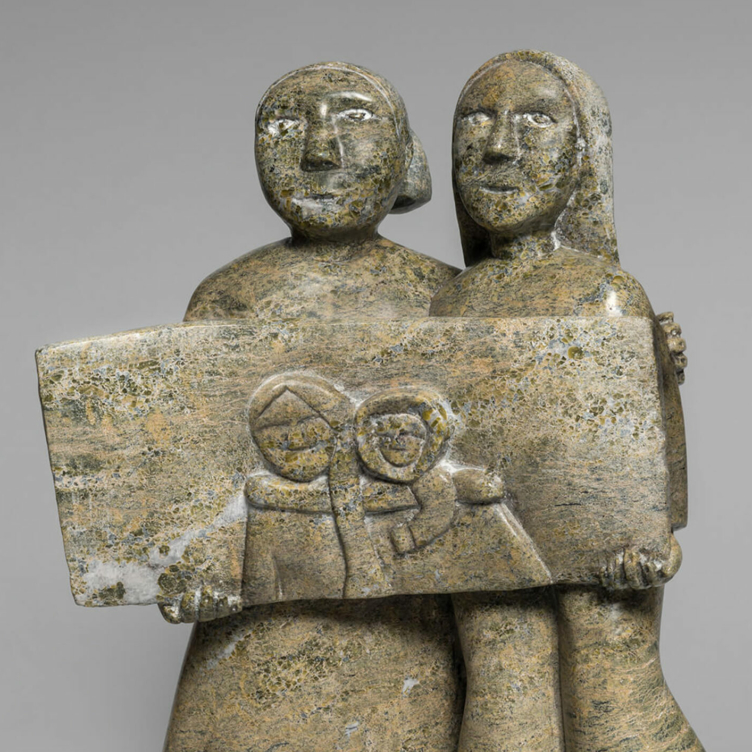 An Emboldened Artist
How Oviloo Tunnillie achieved rare international acclaim as an Inuit female sculptor
By Darlene Coward Wight
An Emboldened Artist
How Oviloo Tunnillie achieved rare international acclaim as an Inuit female sculptor
By Darlene Coward Wight
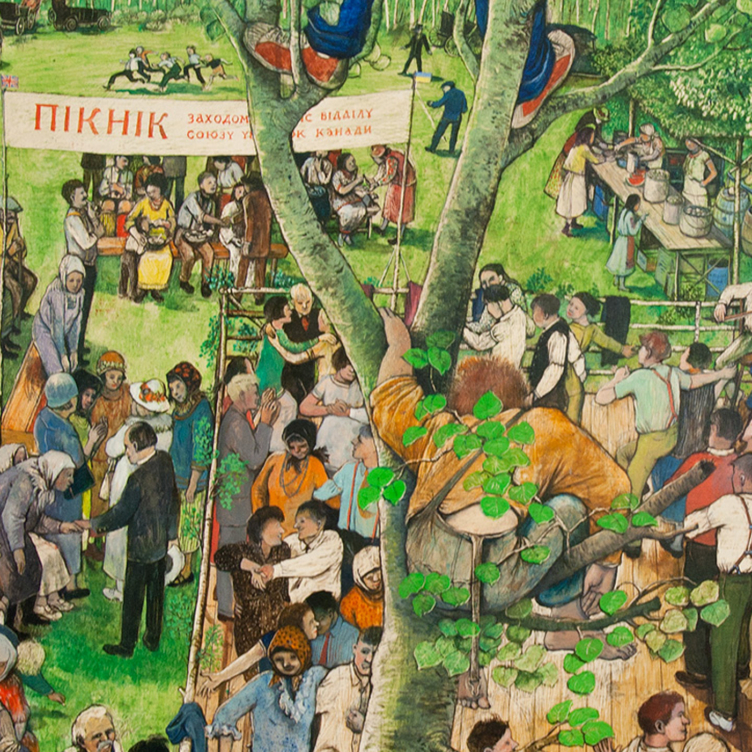 Painting the Cultural Mosaic
William Kurelek traversed the country in a quest to capture its diverse inhabitants
By Andrew Kear
Painting the Cultural Mosaic
William Kurelek traversed the country in a quest to capture its diverse inhabitants
By Andrew Kear
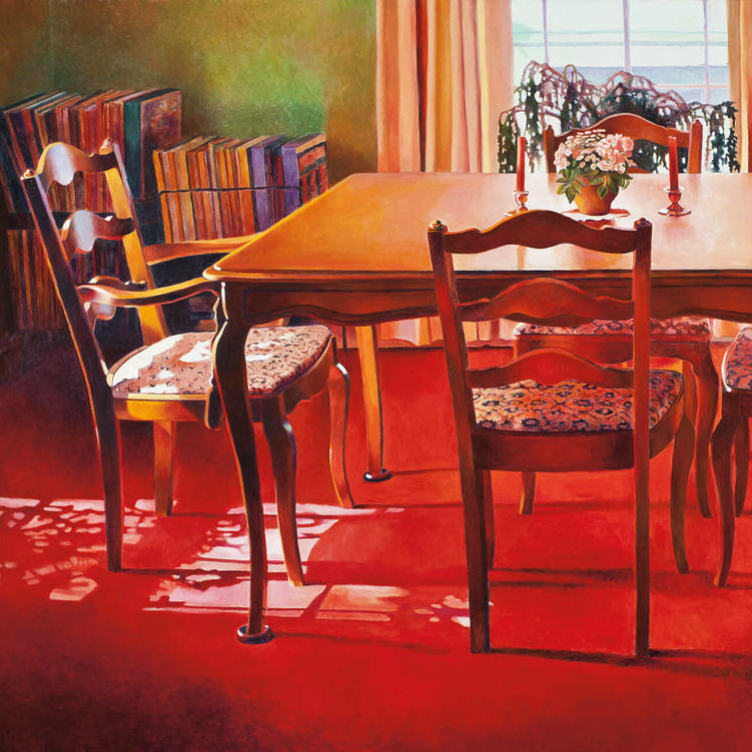 Domestic Discontent
Mary Pratt’s poetic scenes of home life are praised for their political edge
By Ray Cronin
Domestic Discontent
Mary Pratt’s poetic scenes of home life are praised for their political edge
By Ray Cronin
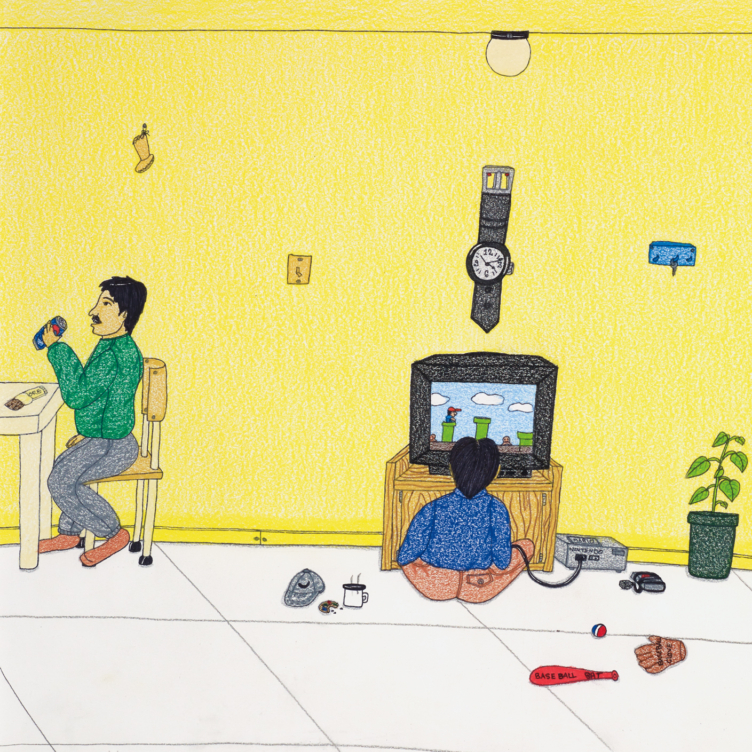 A New Vision of the North
Annie Pootoogook’s art offers unprecedented insights into the contemporary Arctic
By Nancy G. Campbell
A New Vision of the North
Annie Pootoogook’s art offers unprecedented insights into the contemporary Arctic
By Nancy G. Campbell
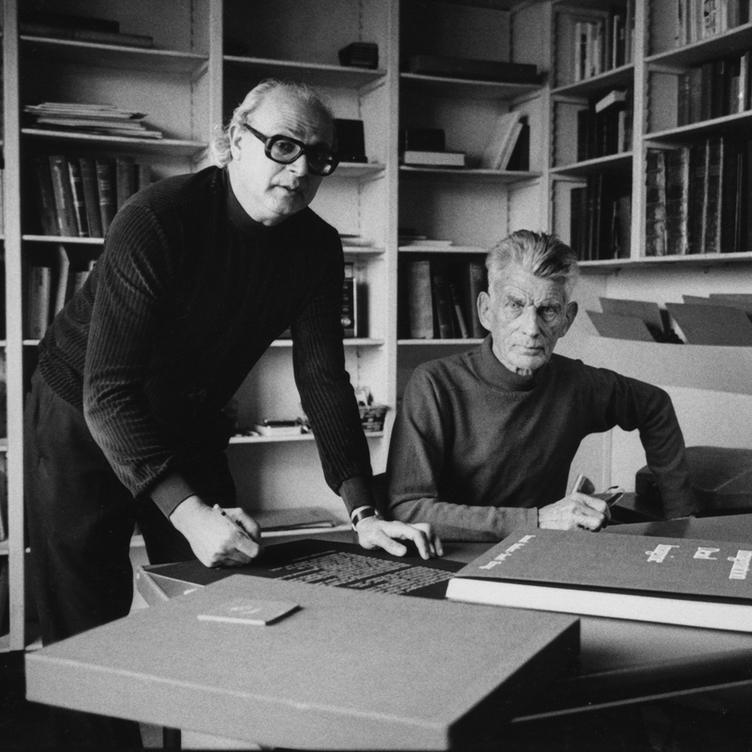 Meetings of Minds
Sorel Etrog found new ideas in collaborative work
By Alma Mikulinsky
Meetings of Minds
Sorel Etrog found new ideas in collaborative work
By Alma Mikulinsky
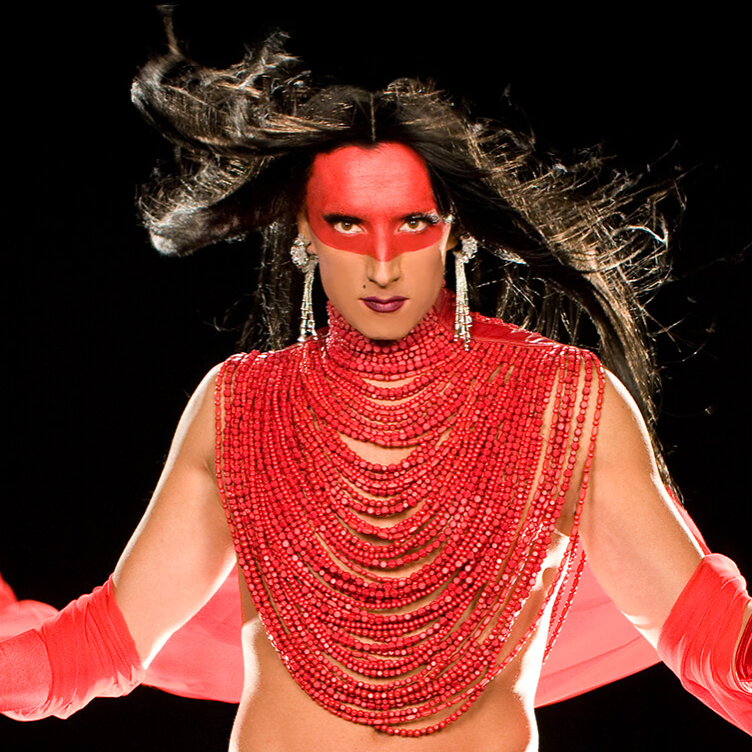 Introducing Miss Chief
An excerpt from the ACI’s book “Revision and Resistance”
By Shirley Madill
Introducing Miss Chief
An excerpt from the ACI’s book “Revision and Resistance”
By Shirley Madill
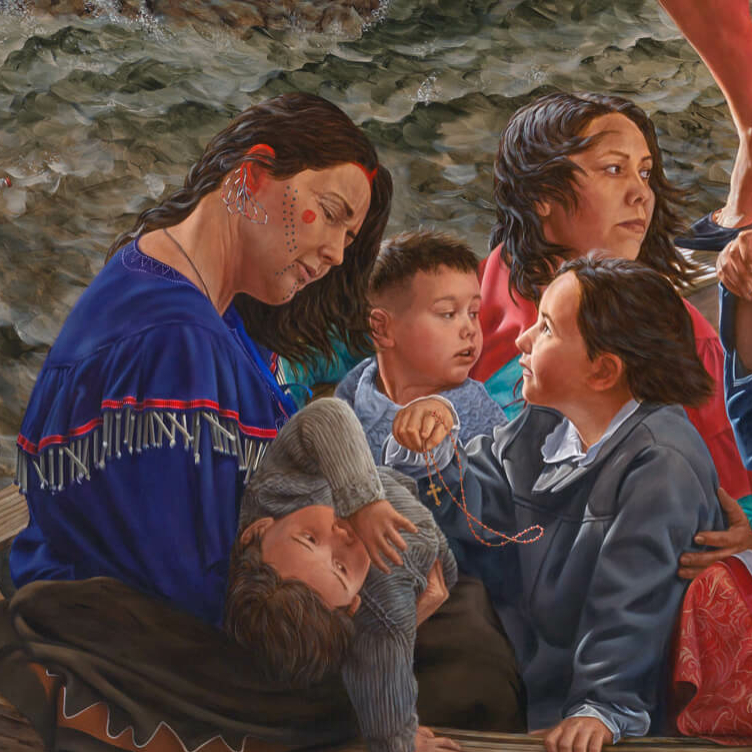 A Practice of Recovery
An excerpt from the ACI’s book “Revision and Resistance”
By Sasha Suda
A Practice of Recovery
An excerpt from the ACI’s book “Revision and Resistance”
By Sasha Suda
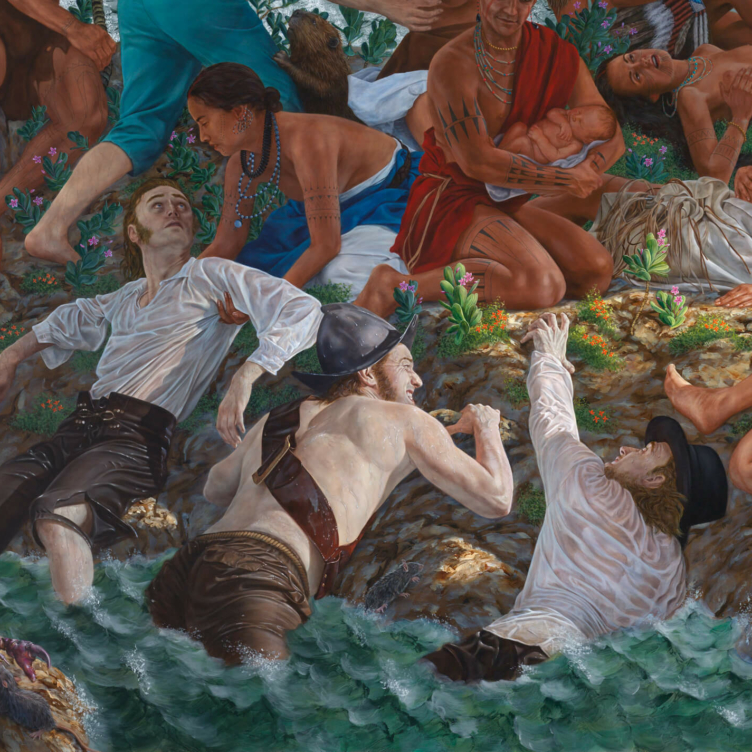 Decolonizing History Painting
An excerpt from the ACI’s book “Revision and Resistance”
By Ruth B. Phillips and Mark Salber Phillips
Decolonizing History Painting
An excerpt from the ACI’s book “Revision and Resistance”
By Ruth B. Phillips and Mark Salber Phillips
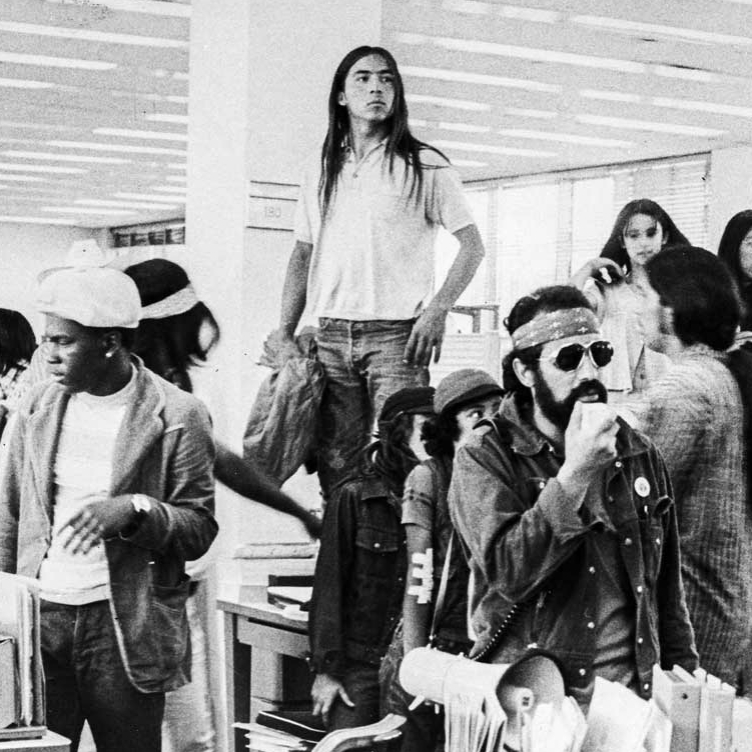 A Vision for the Future
An excerpt from the ACI’s book “Revision and Resistance”
By Nick Estes
A Vision for the Future
An excerpt from the ACI’s book “Revision and Resistance”
By Nick Estes
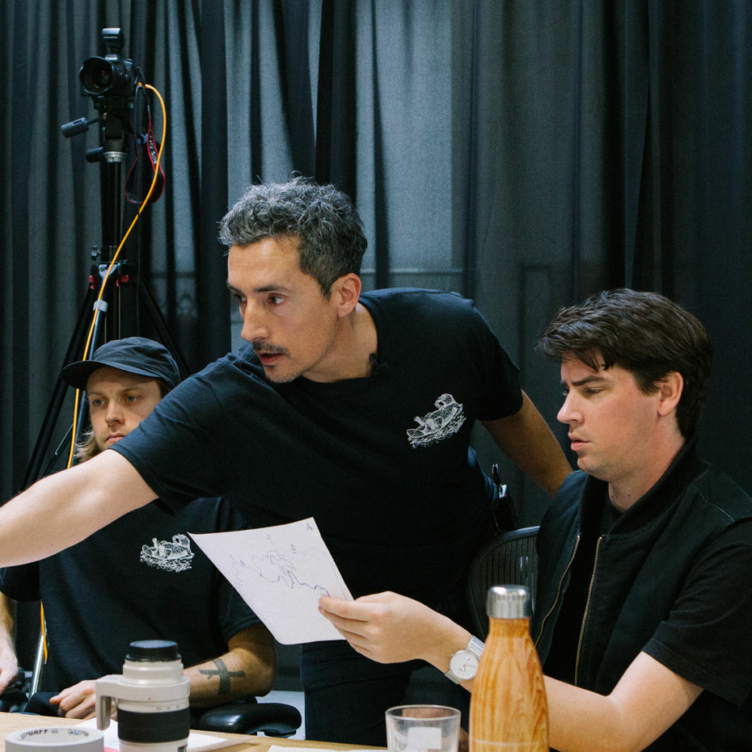 Inside Kent Monkman’s Studio
An excerpt from the ACI’s book “Revision and Resistance”
By Jami C. Powell
Inside Kent Monkman’s Studio
An excerpt from the ACI’s book “Revision and Resistance”
By Jami C. Powell
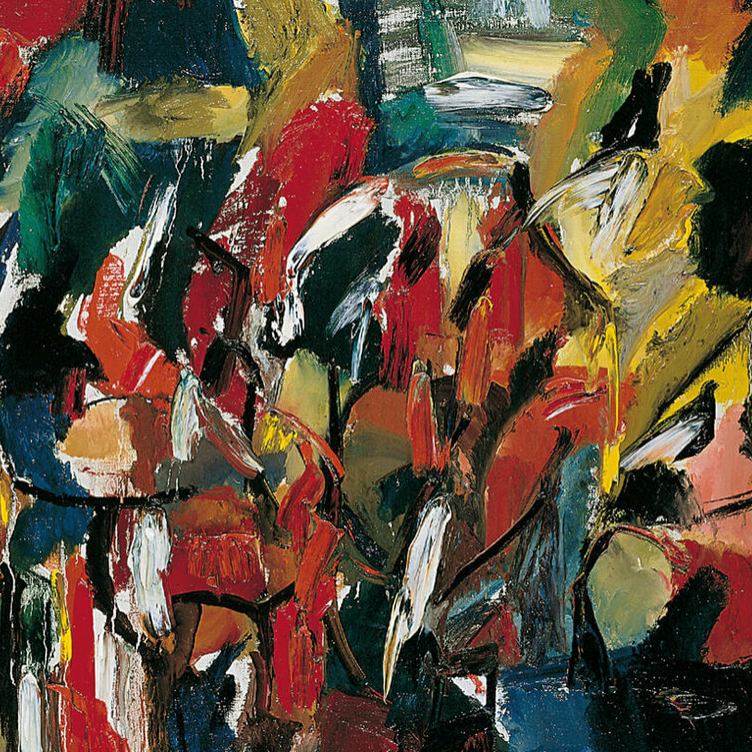 The Rule of Chance
Jean Paul Riopelle’s break with Automatism
By François-Marc Gagnon
The Rule of Chance
Jean Paul Riopelle’s break with Automatism
By François-Marc Gagnon
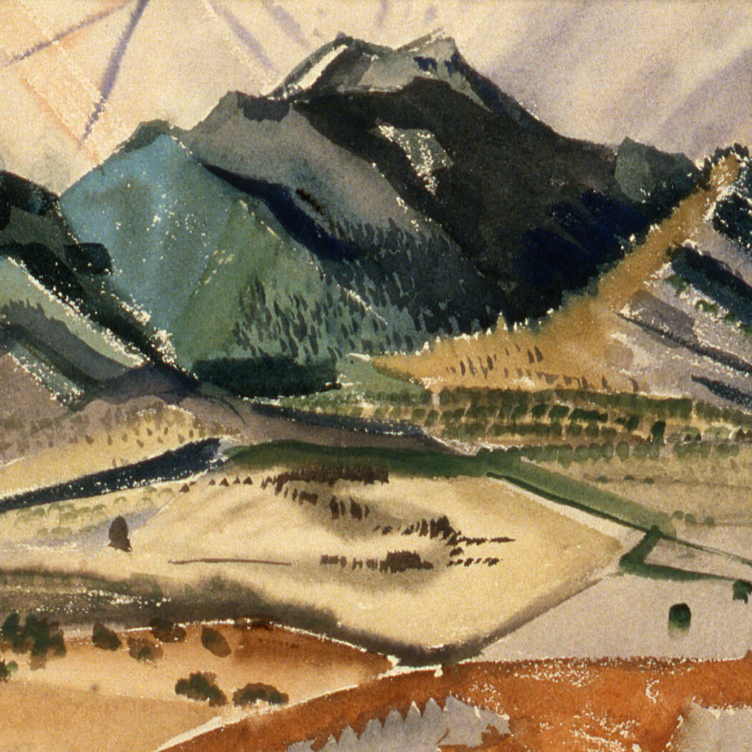 From Taos to New York
Agnes Martin and the currents of American Art
By Christopher Régimbal
From Taos to New York
Agnes Martin and the currents of American Art
By Christopher Régimbal
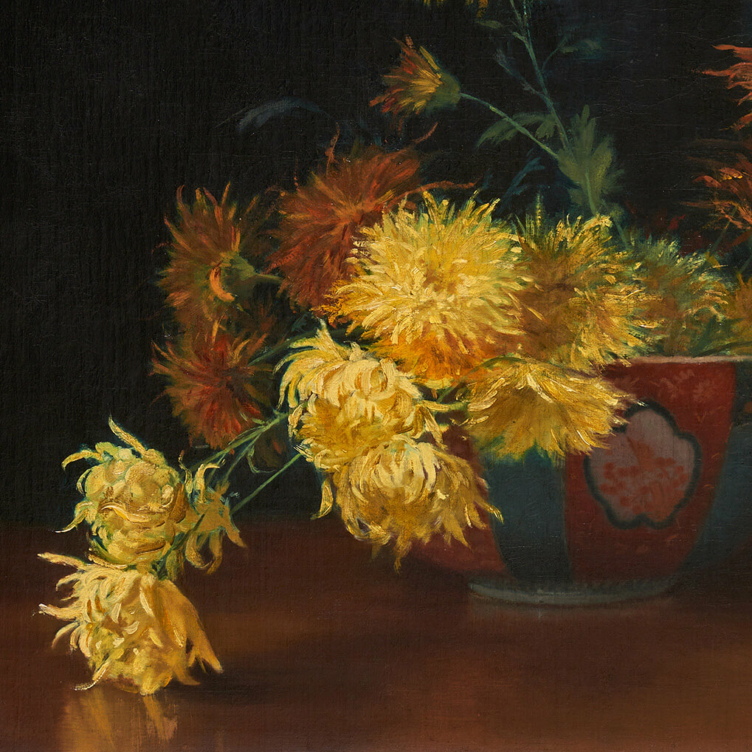 An Artist Blooms
Mary Hiester Reid’s floral aesthetics
By Andrea Terry
An Artist Blooms
Mary Hiester Reid’s floral aesthetics
By Andrea Terry
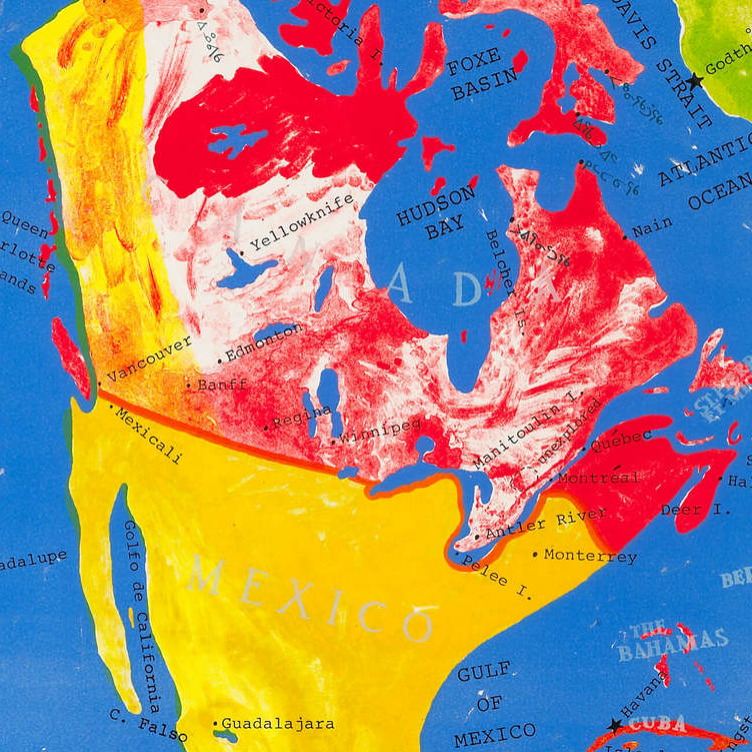 The Patriotic Painter
Greg Curnoe’s Canada
By Judith Rodger
The Patriotic Painter
Greg Curnoe’s Canada
By Judith Rodger
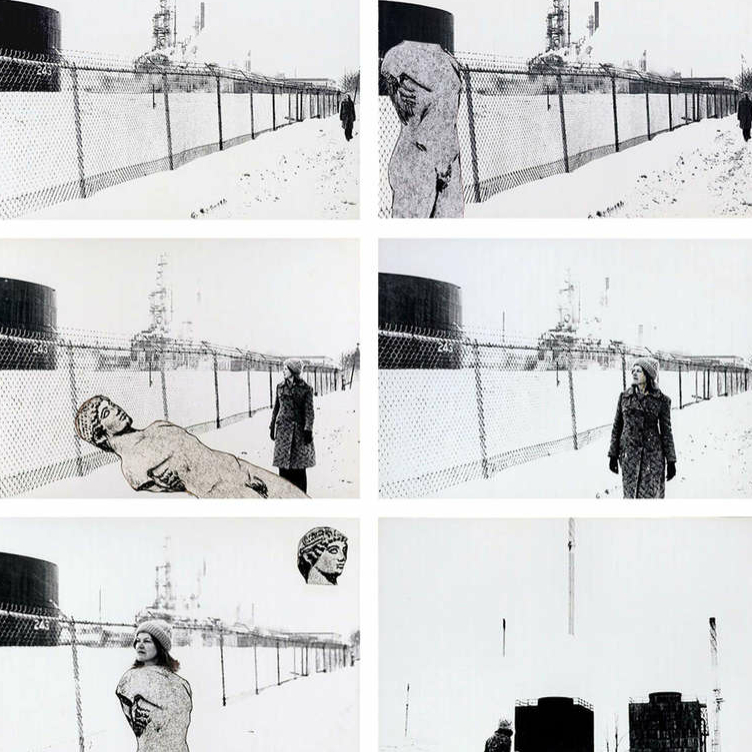 Walking, Stacking, Dancing
Françoise Sullivan’s conceptual 1970s
By Annie Gérin
Walking, Stacking, Dancing
Françoise Sullivan’s conceptual 1970s
By Annie Gérin
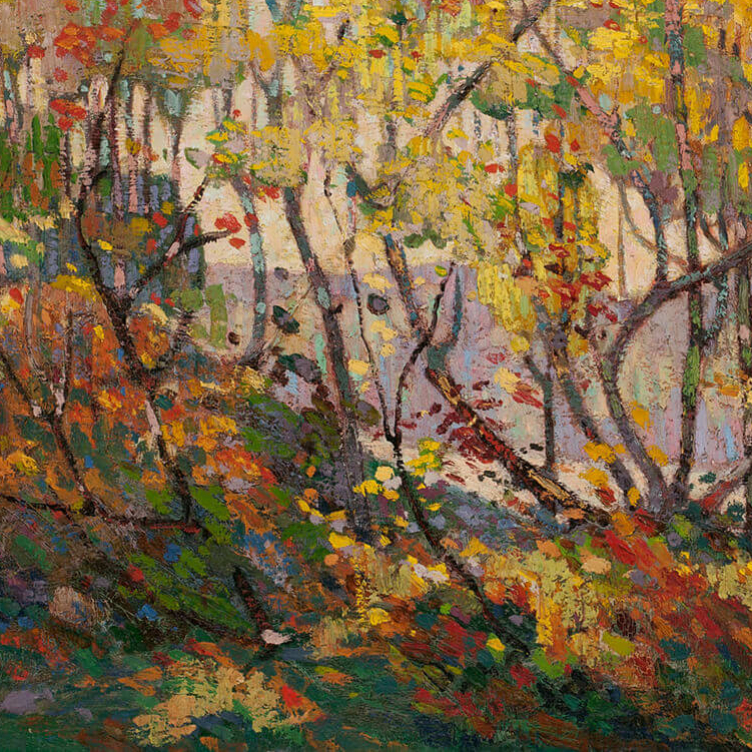 The Extraordinary North
Tom Thomson’s diary of landscape
By David P. Silcox
The Extraordinary North
Tom Thomson’s diary of landscape
By David P. Silcox
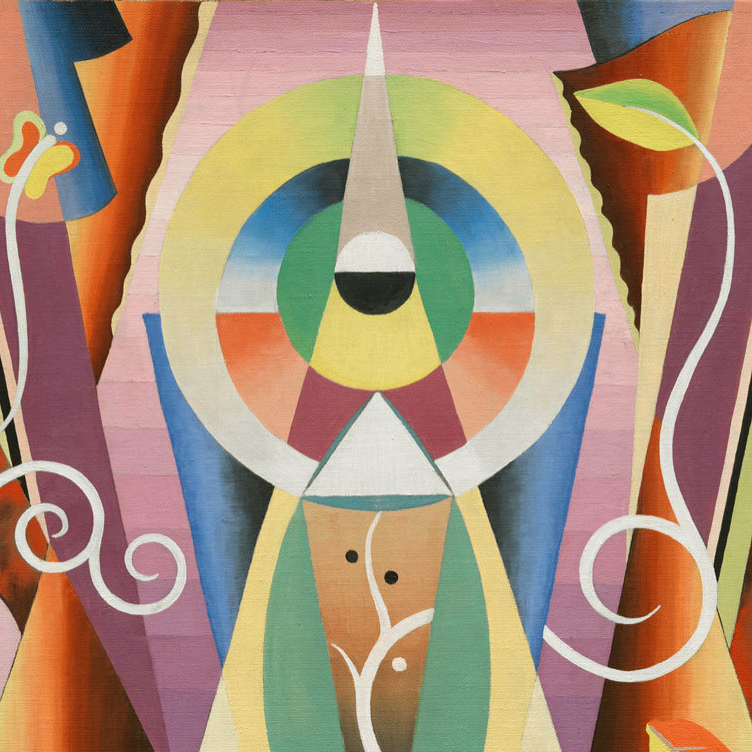 A Champion of Abstraction
Jock Macdonald sought a new expression in art
By Joyce Zemans
A Champion of Abstraction
Jock Macdonald sought a new expression in art
By Joyce Zemans